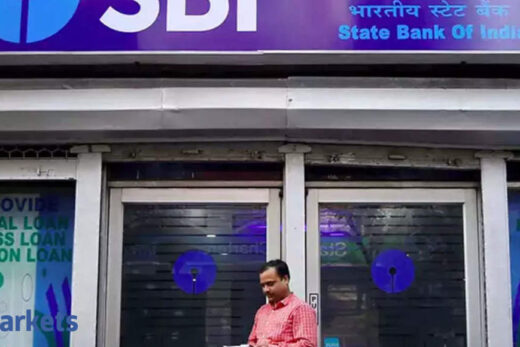It is a fact that despite the pullback, India remains among the top performers in CY21, with the Nifty up 21 per cent in CY21 YTD versus a flattish performance of the MSCI EM Index. But a correction in the market was overdue.
Now the most basic question analysts are debating is whether the market will fall further and drop into the bear zone, i.e., down 20 per cent from the highs, or will it start recovering on bottom fishing by investors.
A near unanimous view on Dalal Street is that the biggest risk to the market is the uncertainties around the Omicron variant of coronavirus that the World Health Organization (WHO) has classified as “a variant of concern”.
Health experts across the world are trying to understand the latest mutation. However, scientists in South Africa said they had linked it to an exponential rise of infections in their country. However, there is a silver lining in the news.
Citing doctors treating the Omicront variant patients, a recent report pointed out that although it was more infectious, the effects were much milder and most of the impacted patients were unvaccinated, which meant vaccines might be effective against this strain.
Some health experts are hoping a more infectious but much milder strain might actually help in building herd immunity among those who don’t want to get vaccinated or are unable to get vaccinated. In fact, if it replaced the deadlier Delta strain as the dominant one, not many will be complaining. It is important to note that these are still unverified theories and it may take up to two weeks to understand and assess the complete impact of the new variant. Nonetheless, it has given hopes to investors.
“We will keep our fingers crossed hoping that the new strain does prove to be a blessing in disguise,” said Sageraj Bariya, Vice-President-Institutional Sales at East India Securities. “Markets are likely to see a good bounce back and long-term investors should deploy capital. However, it is a bit early to conclude that the short-term market correction is over. Hence it’s advisable to stay away from trading.”
On Monday, the market wobbled around the flatline but recovered later on.
Meanwhile, other datasets have not changed much. The Dollar Index is still trading at astronomical levels. Foreign institutional investors continue to sell every chance they get. Virus cases are still surging across Europe and the US, threatening the flow of global trade. Energy prices have surged further, giving wings to inflation.
But there has been some positive news as well. Central banks might delay rate hikes, given the emergence of the new virus variant. Plus, the near 8-year tepid profit growth for India Inc was over and there were clear signs of growth and profit revival, said analysts.
“Corporate earnings in Q2FY22 were better than our expectations, despite sharp input cost inflation impacting several sectors. Earnings estimates for FY22/FY23 are stable and haven’t seen any downward revision, strengthening our belief in the resumption of a new earnings cycle,” said a report from brokerage house Motilal Oswal. “Valuations, after the pullback, at 23.3x/19.5x FY22E/FY23E Nifty EPS are relatively reasonable now. “
Not everyone agrees with this theory.
“Even though the benchmark indices have fallen sharply, valuations have not become attractive and, therefore, investors may adopt a wait and watch approach,” said VK Vijayakumar, Chief Investment Strategist at Geojit Financial Services. “Risk-averse investors can move to defensives like pharma and FMCG which will be resilient in these difficult times. Investors with high risk-appetite can consider calibrated buying in high quality banking and IT stocks.”



